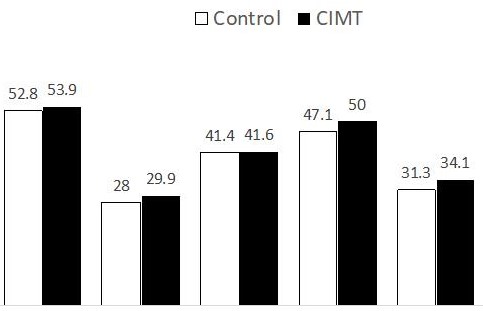Increased carotid intima-media thickness and cardiometabolic risk factors are associated with IL-6 gene polymorphisms in Mexican individuals: The Genetics of Atherosclerotic Disease Mexican study
DOI:
https://doi.org/10.17305/bb.2023.9495Keywords:
Carotid intima-media thickness (CIMT), cardiometabolic risk factors, interleukin 6 (IL-6), polymorphisms, coronary artery disease (CAD)Abstract
Interleukin 6 (IL-6) is a cytokine implicated in the development of atherosclerosis. This study aimed to determine the association of three IL-6 gene polymorphisms with increased carotid intima-media thickness (CIMT) and cardiometabolic risk factors. Three IL-6 polymorphisms (rs1800795, rs2069827, and rs1800796) were analyzed in 178 individuals with increased CIMT (CIMT ≥ 75th percentile) and 906 individuals without increased CIMT (CIMT < 75th percentile). Logistic regression, adjusted for confounding variables, was employed to assess the associations. The rs1800796 polymorphism was significantly associated with an elevated risk of increased CIMT (OR = 1.354, Padditive = 0.016; OR = 1.803, Precessive = 0.014; OR = 1.989, Pcodominant2 = 0.008). One haplotype (GCG) correlated with a higher risk of increased CIMT (OR = 1.288; P = 0.008), while another (GGG) demonstrated a reduced risk (OR = 0.773; P = 0.006). In individuals without increased CIMT, the rs2069827 polymorphism was associated with low risks of central obesity, hypoalphalipoproteinemia, and a low risk of presenting with high levels of total cholesterol (TC), non-high-density lipoprotein cholesterol (non-HDL-C), low-density lipoprotein cholesterol (LDL-C) /HDL-C index, apolipoprotein B, and gamma-glutamyl transpeptidase. The rs1800796 polymorphism was associated with a low risk of adipose tissue insulin resistance, and the rs1800795 was associated with a minimal risk of central obesity and hypoalphalipoproteinemia. Among those with increased CIMT, the rs2069827 was associated with low risks of central obesity, hypertriglyceridemia, metabolic syndrome, and a high triglyceride (TG)/HDL-C index, while rs1800796 was associated with a low risk of fatty liver. Similar IL-6 concentrations were observed in both individuals with and without increased CIMT. In conclusion, the rs1800796 polymorphism is associated with increased CIMT, while the rs2069827 and rs1800795 are linked to cardiovascular risk factors.
Citations
Downloads

Downloads
Published
Issue
Section
Categories
License
Copyright (c) 2023 Rosalinda Posadas-Sánchez, Ángel Rene López-Uribe, Juan Reyez-Barrera, Julian Ramírez-Bello, María del Rocio Martínez-Alvarado, Gilberto Vargas-Alarcon

This work is licensed under a Creative Commons Attribution 4.0 International License.
How to Cite
Accepted 2023-08-15
Published 2024-03-11









